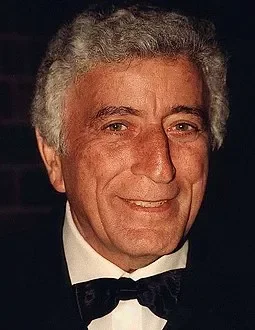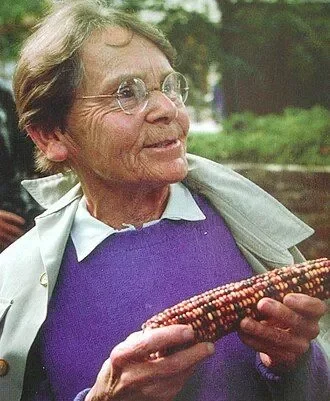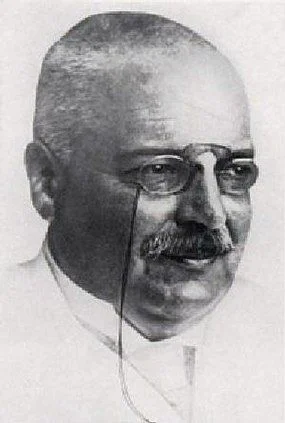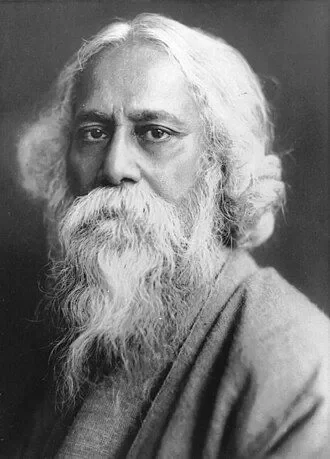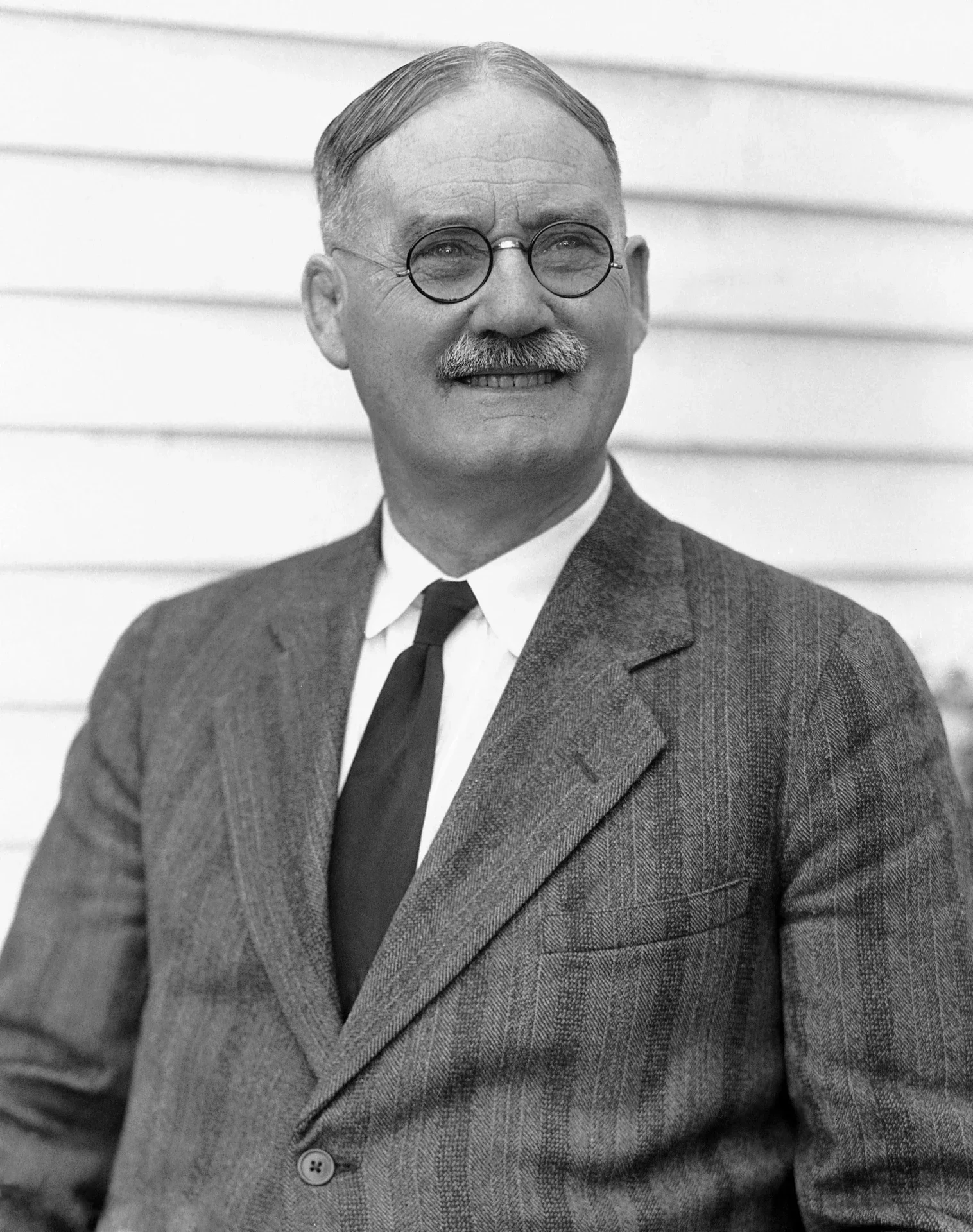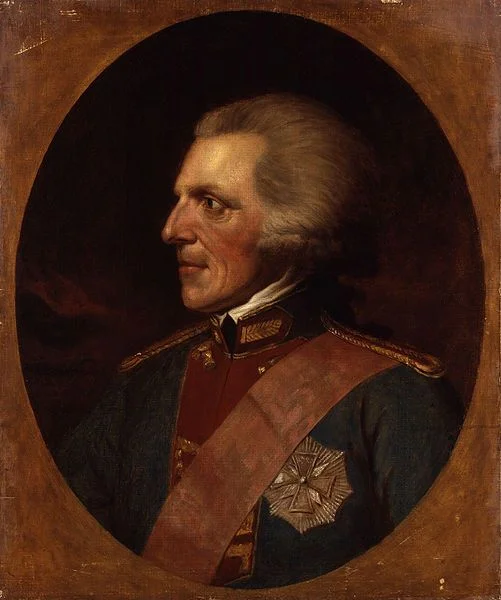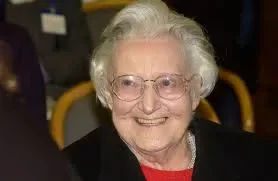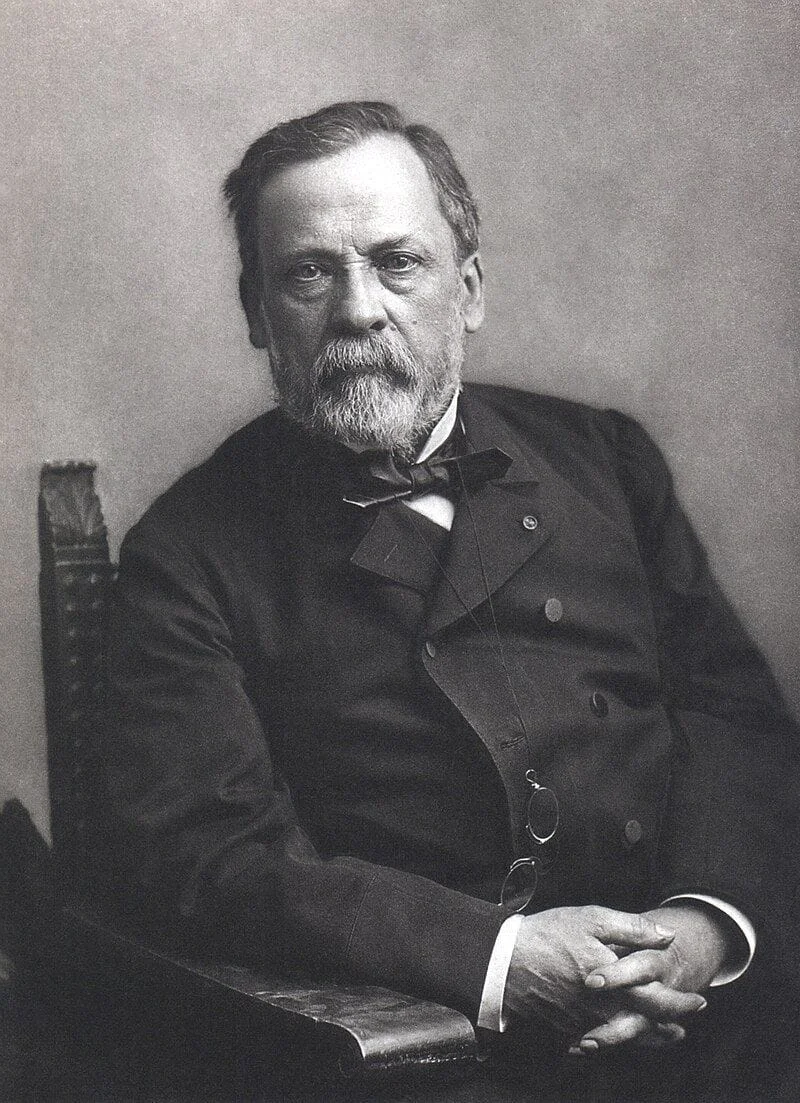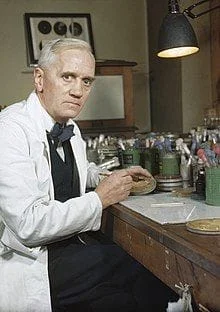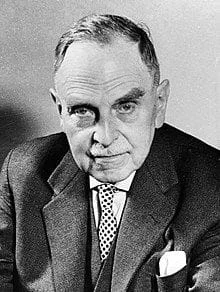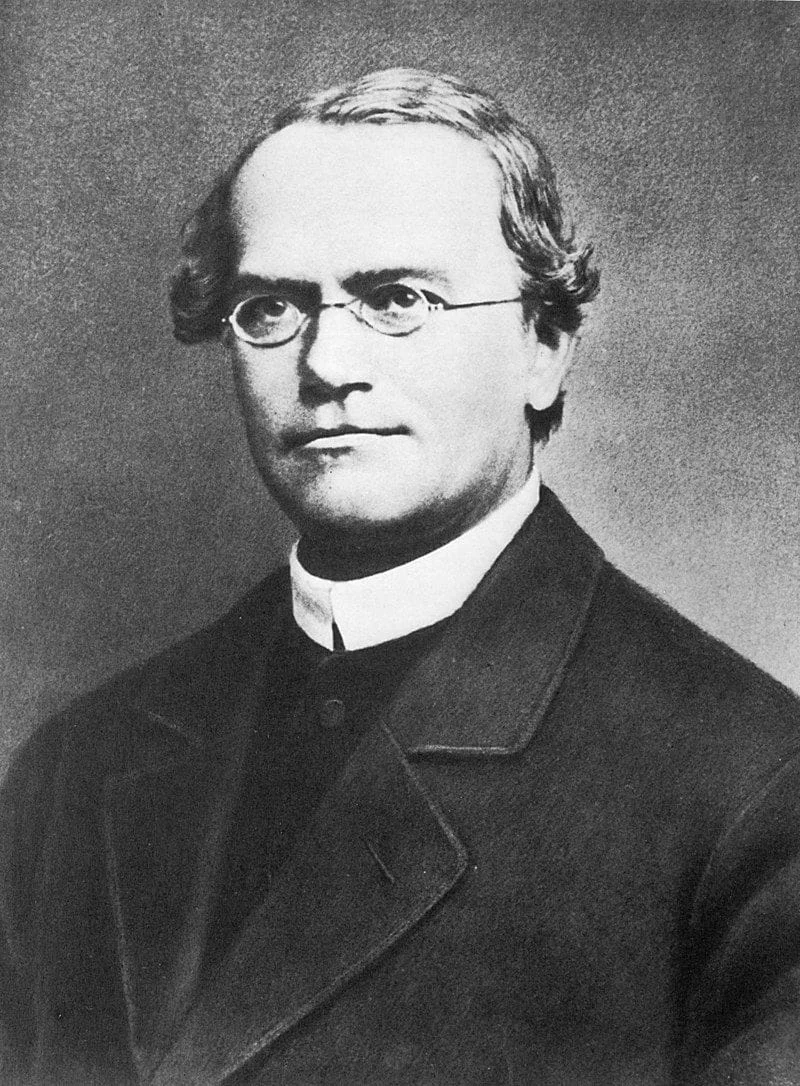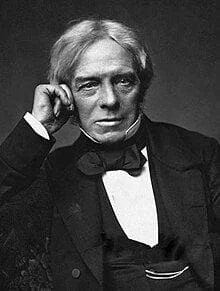Real Celebrities Never Die!
OR
Search For Past Celebrities Whose Birthday You Share
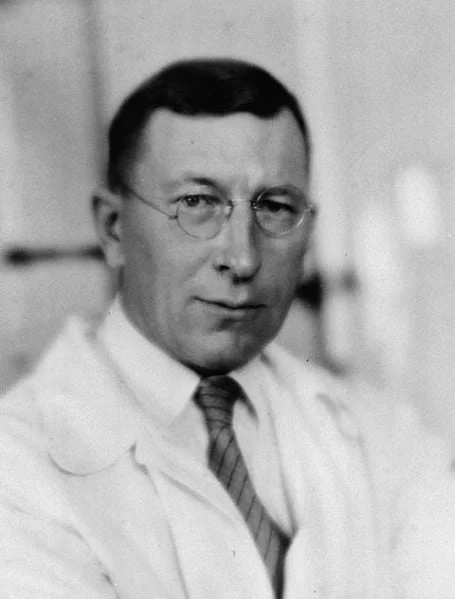
source:wikipedia.org/
Sir Fredrick Banting
Birthday:
14 Nov, 1891
Date of Death:
21 Feb, 1941
Cause of death:
Plane crash
Nationality:
Canadian
Famous As:
Physician
Age at the time of death:
49
Early Life and Education
Frederick Banting was born on November 14, 1891, in Alliston, Ontario, Canada. He was the youngest of five children and grew up on a farm, where he developed a strong work ethic and a deep sense of responsibility. His rural upbringing instilled in him the values of hard work and service to others. After completing his primary education, Banting pursued a medical degree at the University of Toronto, which set the stage for his future breakthroughs in medicine.
Military Service and the Beginnings of Diabetes Research
During World War I, Banting served as a medical officer in the Canadian Army. His experiences during the war shaped his desire to make a significant impact on medical science. After returning from the war, he read an article on the pancreas and its connection to diabetes, sparking his interest in finding a cure. This moment marked the beginning of his relentless dedication to diabetes research.
The Collaboration with Charles Best
In 1920, Frederick Banting began his groundbreaking research at the University of Toronto, working alongside Charles Best, a graduate student. Together, they focused on the pancreas, aiming to understand its role in diabetes. Despite facing skepticism from the medical community, Banting and Best remained determined to find a solution. Their perseverance paid off in 1921 when they successfully isolated and extracted insulin from the pancreas of dogs. They demonstrated its ability to lower blood glucose levels, a discovery that would forever change the treatment of diabetes.
The Discovery of Insulin and Global Recognition
The successful isolation of insulin marked a turning point in the history of medicine. Before insulin, diabetes was a fatal condition, but this discovery transformed it into a manageable chronic illness. In recognition of their revolutionary work, Frederick Banting and Charles Best were awarded the Nobel Prize in Physiology or Medicine in 1923. Although Banting was the official recipient, he shared the honor and the financial prize with Best, acknowledging the crucial role his colleague played in the discovery.
Continued Contributions to Diabetes Research
After the success of their insulin discovery, Banting continued his work in diabetes research. He co-founded the Banting and Best Department of Medical Research at the University of Toronto, which became a leading institution for diabetes studies. His efforts extended beyond research as he worked tirelessly to make insulin more accessible and affordable to those in need. Banting believed that everyone should have access to this life-saving treatment, regardless of their financial circumstances.
World War II Contributions and the G-Suit
During World War II, Frederick Banting continued to contribute to scientific advancements, specifically in aviation. He studied the blackouts experienced by pilots due to G-forces during high-speed maneuvers. Banting collaborated with Wilbur Franks to develop the G-suit, a critical invention that helped prevent pilots from losing consciousness during flight. This innovation greatly improved pilot safety and combat effectiveness.
Frederick Banting's Quote's
Compassionate Nature and Personal Interests
Banting was known not only for his scientific achievements but also for his compassionate nature. He often provided free medical care to those who could not afford it, driven by his deep commitment to helping others. Outside of medicine, Banting had a passion for painting and was considered one of the best amateur painters of his time. His dedication to both science and art made him a well-rounded and deeply respected figure.
Tragic Death and Legacy
Tragically, Frederick Banting’s life was cut short on February 21, 1941, when he died in a plane crash while on a military mission during World War II. His untimely death was a great loss to the medical and scientific communities. However, his legacy endures through his contributions to medicine, particularly the discovery of insulin. This breakthrough has saved millions of lives and continues to improve the quality of life for people with diabetes. Banting’s compassion, perseverance, and determination leave a lasting mark on the world, inspiring future generations of scientists and physicians.
Name:
Frederick Banting
Popular Name:
Sir Fredrick Banting
Gender:
Male
Cause of Death:
Plane crash
Spouse:
Place of Birth:
Alliston, Ontario, Canada
Place of Death:
Near Musgrave Harbour, Dominion of Newfoundland
Occupation / Profession:
Personality Type
Campaigner: Enthusiastic creative and sociable free spirits who can always find a reason to smile. He found insulin, instead of selling it to the highest bidding pharmaceutical company, he made sure it would reach the masses
Banting sold the insulin patent for $1 to the University of Toronto.
On January 11, 1922, Banting and his team administered the first insulin injection to a human patient, 14-year-old Leonard Thompson, marking a pivotal moment in the treatment of diabetes
He was the youngest person to win the Nobel Prize.
During World War I even though he was injured he was helping other wounded soldiers non stop for 16 hours after which he was firmly told to stop.
He found Insulin
Knight Commander of the Order of the British Empire 1934
Reeve Prize of the University of Toronto (1922)
Cameron Prize for Therapeutics of the University of Edinburgh 1927
The Nobel Prize in Physiology or Medicine for 1923
